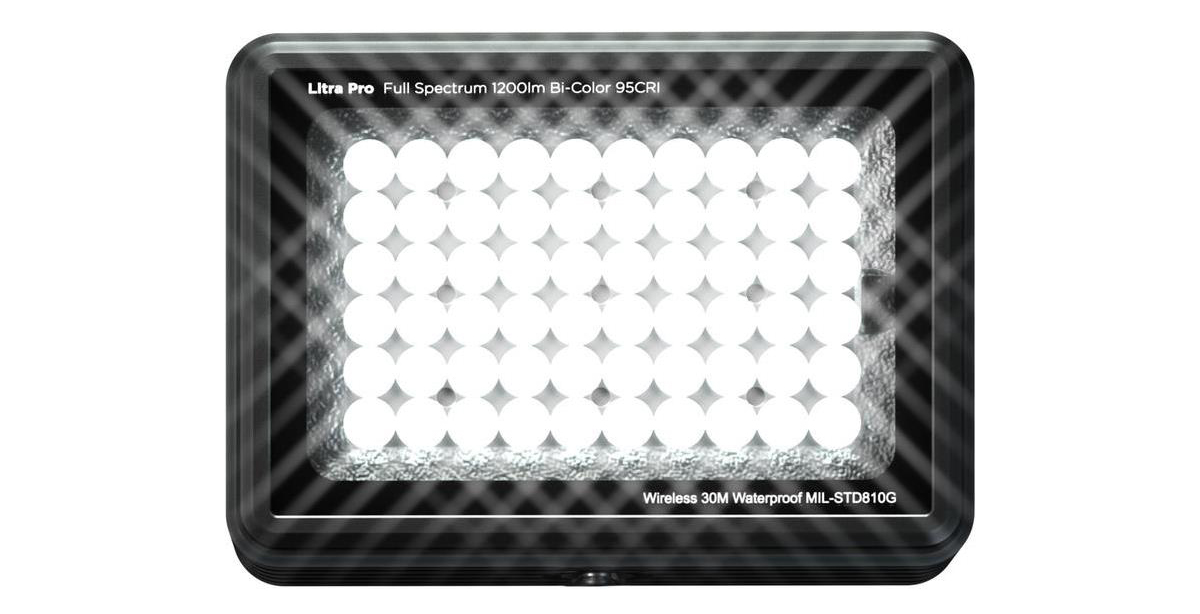item to 720/24PN. This will set the time base for your main program’s
shooting speed. To set up for variable frame rates you’ve got to choose
high-def 720p; you can also choose to work in a 24p or 30p time base,
which is the rate at which the rest of your footage will be shot, and
the kind of timeline you’ll be editing in. For film-like footage, you’d
normally want to choose 720/24PN. Note: The "N" is important; you need
to choose 720/24PN, not 720/24p!

Type, choose Film Cam. The HVX200 operates
in two different modes: Video Cam or Film
Cam. For variable frame-rate shooting, it’s required to be in
Film Cam.

cut out of it-that rotates in front of the film plane. As the disc
rotates, the cut-out wedge passes by the film and lets light through,
exposing the film until the solid portion of the disc rotates past to
block the light. The size of that wedge is expressed in degrees (a full
circle having 360 degrees); a typical film shutter angle is 180
degrees. To get convincing film-style slow-motion, you’ll usually want
to choose 180 degrees as your shutter speed as well. Exit the menus and
press the Shutter button, then use the
Speed Sel +/-
buttons until you see "Shutter 180.0d" displayed. If you see some other
degree speed, such as "Shutter 220.0d," go back into the Scene
File menu and change your shutter angle using the
Syncro Scan menu item.
buttons, scroll to your desired frame rate (12, 18, 20, 22, 24, 26, 30,
32, 36, 48, or 60 frames per second). Speeds lower than 24 (i.e., 12,
18, 20, or 22) will result in motion that’s faster than normal (i.e.,
"fast motion"); speeds higher than 24 (i.e., 26, 30, 32, 36, 48, or 60)
will result in slow-motion. The higher the number, the slower the
motion.

shutter option. When you change the frame rate, it also changes the
exposure time. In a film camera, as the film moves faster through the
camera, the rotating-disc shutter spins faster, too. The HVX200
simulates this behavior; at 48 frames per second the shutter speed is
twice as fast as it would be at 24 frames per second; at 60 fps it’s
2.5 times as fast. This means you’ll want to open up the iris by 1 to
1.5 f-stops in order to get the equivalent exposure.
MCR mode. The thumbnail for the clip you just shot will be highlighted.
Press "play" to see it play back in smooth, sharp, frame-accurate
film-style slow-motion!

into Apple Final Cut Pro, Canopus Edius Broadcast or Avid Xpress Pro HD
and will play back on the timeline in slow-motion. But what if you’re
working on a standard-def DV project and want to use this clip? This is
where things get really cool: the camera can actually downconvert this
clip to DV and record it onto tape for you. Here’s how: Switch to DV
DUB mode. Make sure there’s a tape in the camera, and the power’s off.
Switch the Media switch to Tape,
and power the camera back on, and press and hold the Mode
Switch until PC/DUB lights up.

menu. Then, from the thumbnail page, select the clip you want to dub,
and press and hold down the two REC buttons-the camera will
automatically dub the clip from the P2 card over to your tape. You now
have a true slow-motion clip that can be used in a regular DV project.
Never thought you’d see the day, did you?


Writer/producer
Fiercely Independent Films
updated versions of which are currently available online at
and the Abel CineTech store. He is finishing work on a follow-up book,
about the AG-HVX200, that Panasonic plans to ship with the camera.
AG-HVX200 is its ability to shoot with true variable frame rates. You
can select from nearly a dozen speeds between 12 and 60 frames per
second, giving you freedom to do things you could previously only do
with a film camera-or, of course, the $70,000 VariCam. The AG-HVX200
offers more shooting modes, and more creative options, than any
camcorder on the market-even more than the VariCam, since the HVX200
supports 1080 recording and standard-def recording, too. You can choose
from fast-motion, slightly off-motion, mild slow-motion, true
slow-motion and super slow-motion speeds. These variable-speed clips
can be directly imported and used in any of the HVX200-aware editing
applications, such as Apple Final Cut Pro, Canopus Edius Broadcast and
Avid Xpress Pro HD. I’ve packed a few tricks into this one expanded
tutorial, including how to configure the camera to shoot for a
slow-motion sequence, how to play it back right in the field and even
how to incorporate slow-motion segments in your standard-def DV
productions.
in high-def. Though you can record SD footage to tape with the HVX200,
you’ll need a P2 card in order to record high-def material with this
camera.
ph. 702.302.3456
email:barry@fiftv.com
Did you enjoy this article? Sign up to receive the StudioDaily Fix eletter containing the latest stories, including news, videos, interviews, reviews and more.









Thanks that was great
I have done this and it works perfectly but as I turn nthe camera off the settings change back tot the default settings. Is there a way to make it so the settings don’t change as I turn the camera off?